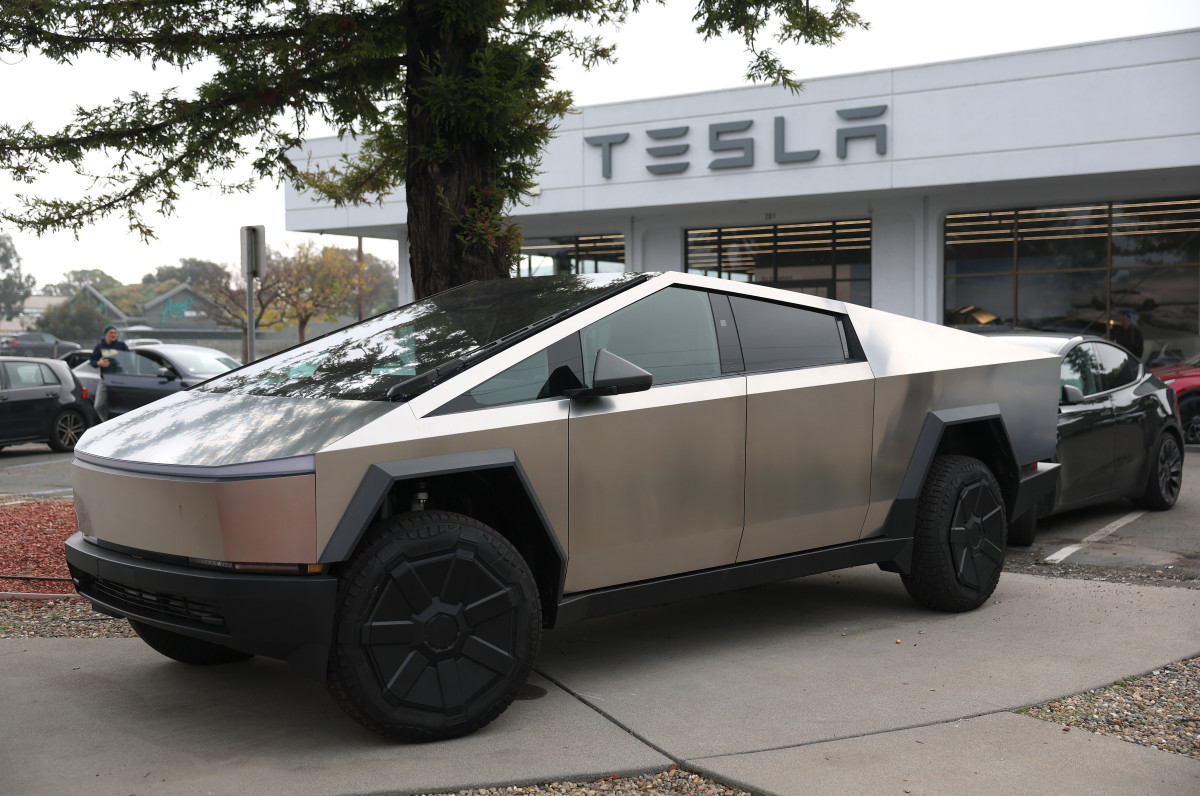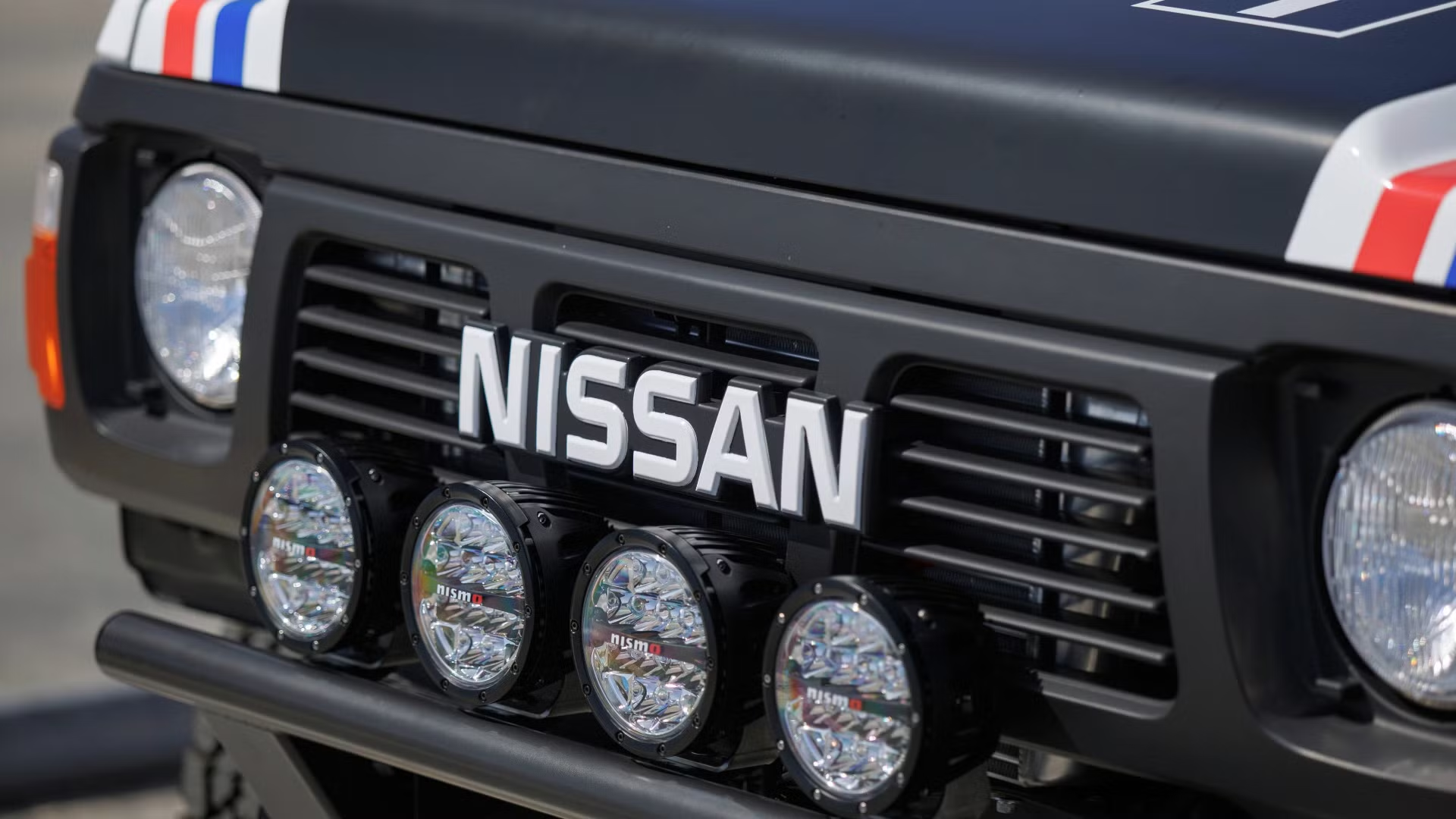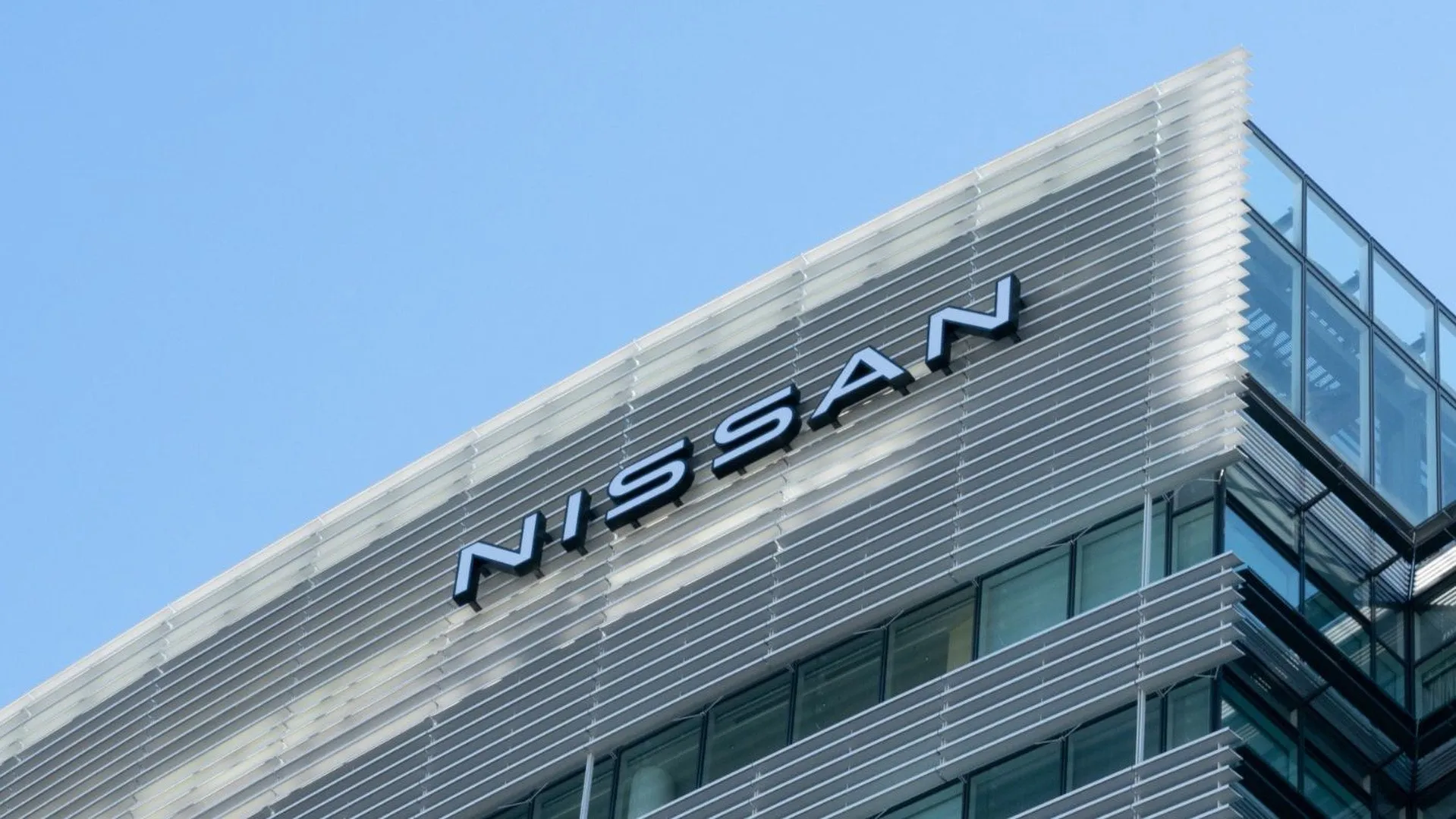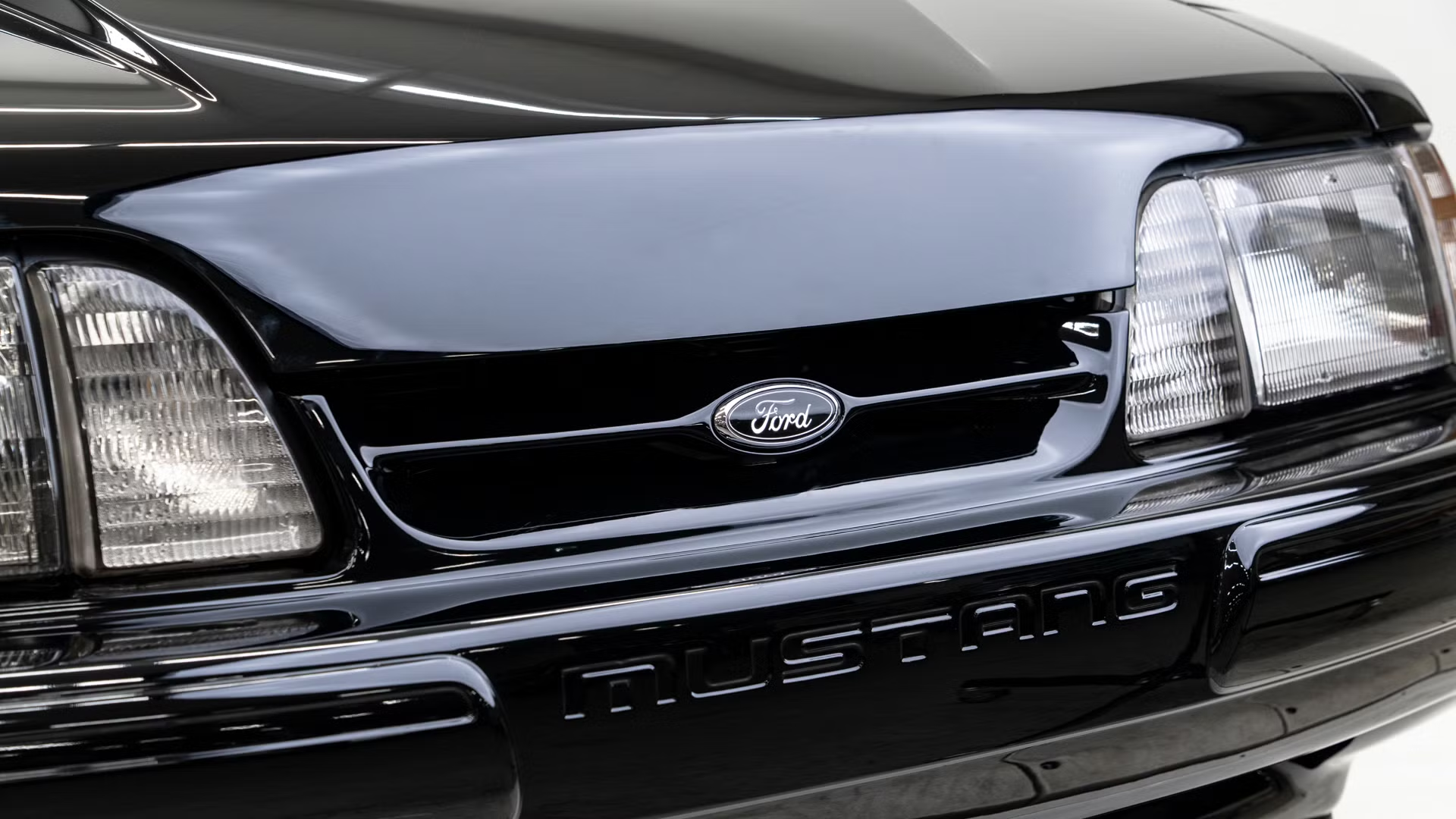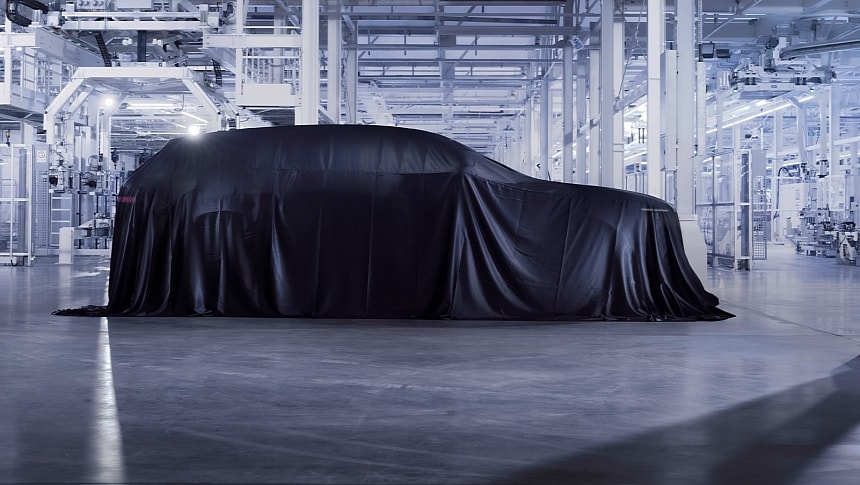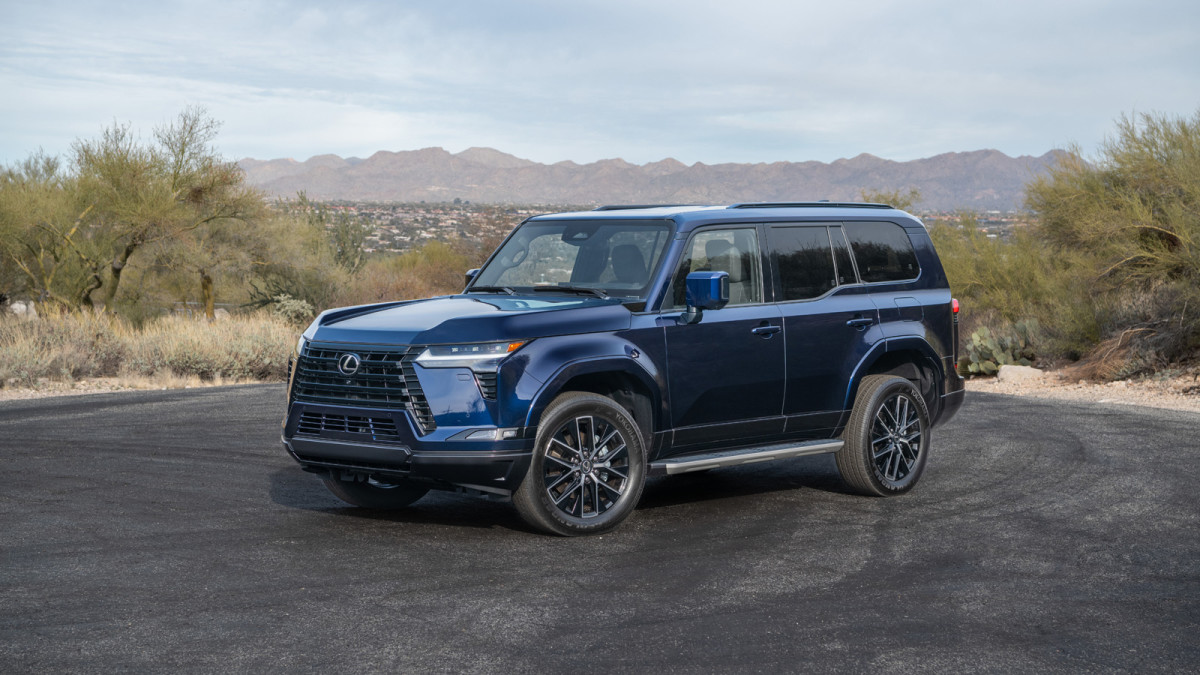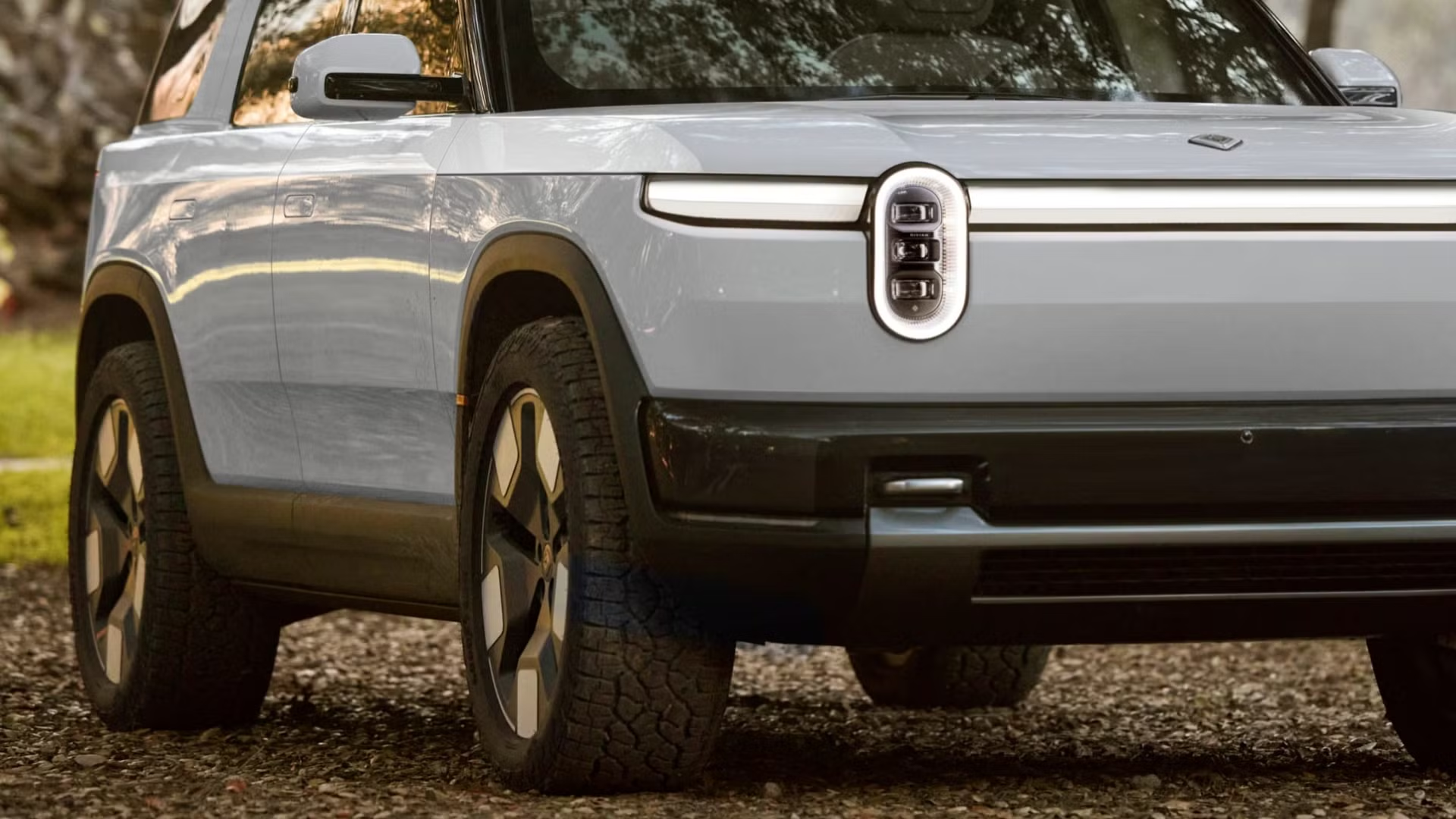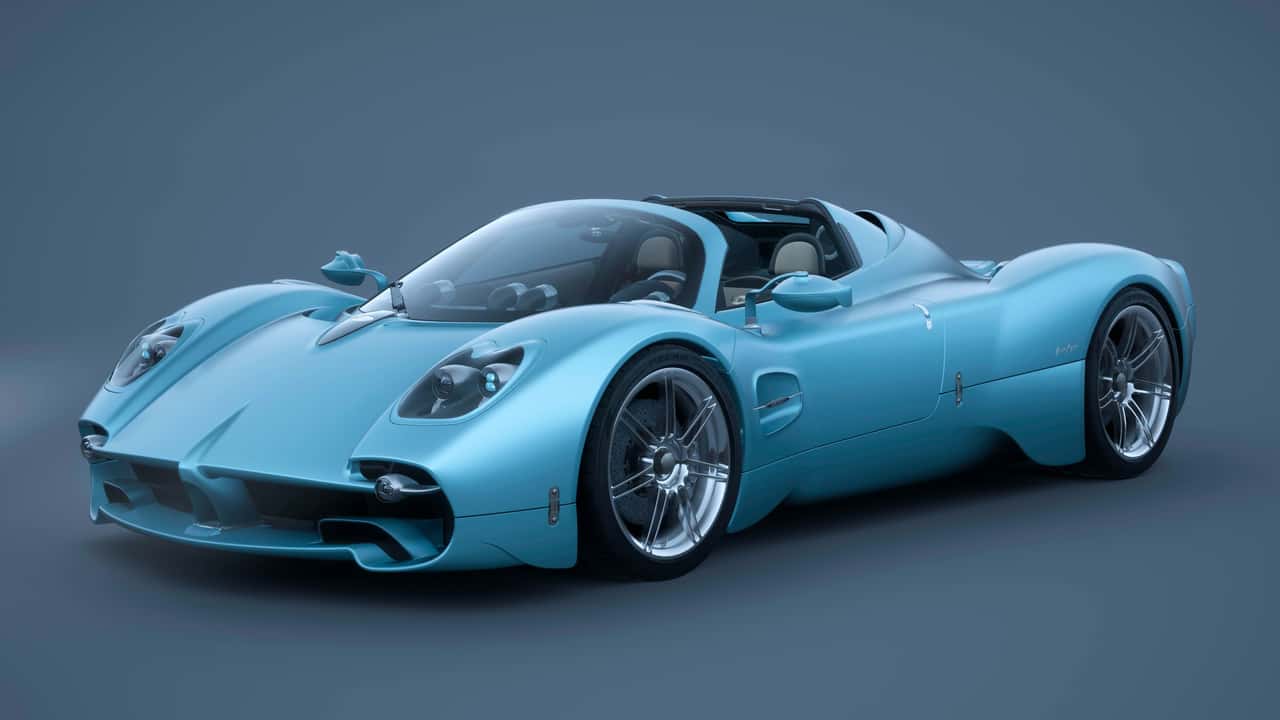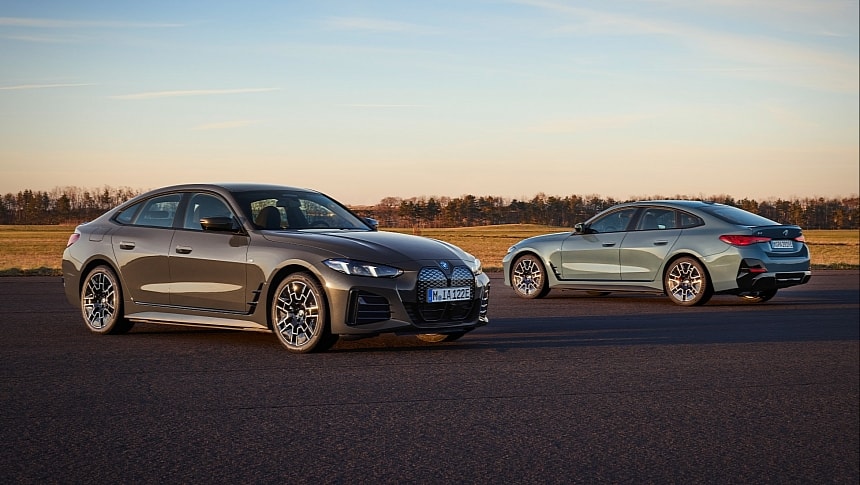Launch colour palette comprises red, yellow, green and black
Renault hopes to stoke demand for city cars with retro four-seater
Renault is hoping to revive the city car class with the new Twingo EV, which has been unveiled in production-ready form.
Twingo programme director Olivier Laik said: “Over the past 10 years, sales of A-segment cars have decreased significantly, from more than 1.0 million units per year to less than 600,0000.
“With the increasing number of regulations, the price of these vehicles kept increasing significantly – so as a household’s second vehicle, there are fewer sales, and some customers just upgraded to B-segment vehicles for a little more space while paying little more. Those customers are still here, but the offer today is not appropriate.”
To that end, the Twingo’s key directive was to not just to be cheaper than the Renault 5 EV (which currently starts at £21,495) but also compete with the handful of combustion-engined city cars that remain on sale, such as the Kia Picanto, to convince buyers to switch to an electric car.
Renault said the Twingo will land in UK showrooms at a price point below £20,000, making it one of the UK’s cheapest EVs.
It will face an array of competitors, including the BYD Dolphin Surf and the Volkswagen ID 1, which is due in 2027.
It is based on a shortened version of the Renault 5’s Ampr Small platform, which trades that car’s multi-link rear axle for a beam adapted from that in the Renault Captur.
The bulk of the Twingo’s cost savings are thanks to its battery, which is supplied by Chinese firm CATL.
In a first for Renault, the Twingo’s battery uses the lithium-iron-phosphate chemistry that is significantly cheaper to produce than the nickel-manganese-cobalt used in the brand’s existing EVs.
It totals 27.5kWh in capacity and yields a range of 163 miles, making the Twingo one of the most energy-efficient cars on sale with a claimed figure of 5.9mpkWh.This is thanks in part to its low kerb weight, which ranges from 1200kg to 1245kg depending on trim.
Aerodynamics also play a major role: there are small fins above the taillights to calm the flow of air past the rear end, while the range-topping Techno trim features a set of flush-faced 18in alloy wheels.
The Twingo can be recharged at up to 11kW on an AC connection or 50kW on a DC rapid charger, the latter giving a 10-80% refill time of around half an hour. Renault says the Twingo will have ‘paid off’ the CO2 generated by the production of its battery after 18,600 miles (30,000km) – thereafter being more environmentally friendly than an ICE-powered equivalent.
Power comes from a single electric motor that sends 80bhp and 129lb ft to the front wheels.
Being a city car, the Twingo has been tuned for a quick step-off: it can accelerate to 37mph from a standstill in 3.85sec, while hitting 62mph from rest takes 12.1sec.
The Twingo also majors on practicality. In mirroring the 1992 original, it retains the one-box body design – known as ‘monospace’ – but it now has five doors, rather than three.
It seats four and the two rear chairs are capable of sliding, reclining and folding independently.
That set-up means the boot can be expanded as needed, with its capacity ranging from 205 litres to 305 depending on the rear seats’ position, or up to 1000 litres with them folded. There is also a sizeable compartment under the boot floor for charging cables or small bags.
Renault has borrowed sibling brand Dacia’s Youclip system to allow for a wide range of accessories.
For example, a parcel shelf will not be provided as standard on the entry-level Evolution trim, but there are Youclip mounts in the walls of the boot for hangers, off which a pop-out fabric shelf can be draped.
Physical climate controls, a digital instrument panel and a 10in infotainment touchscreen are standard.
There are also several references to the original Twingo dotted throughout the interior. The roof lining is embossed with symbols referencing the original car’s upholstery, for example, and range-topping Techno cars get colourful floor mats with a matching pattern.
The hazard light button is inspired by the dome-shaped item in the 1992 car.
The Twingo will arrive in the UK late next year, completing Renault’s trifecta of retro EVs alongside the 4 and 5.
Reflecting on the trio, Renault Group design boss Laurens van den Acker said leaning on heritage was important for both fighting off new competitors from China and convincing potential buyers to opt for an electric car.
“It was a [gamble] with the R5 to make it 100% EV,” he said. “But what we see now is people buying the R5 in spite of it being an EV.”


